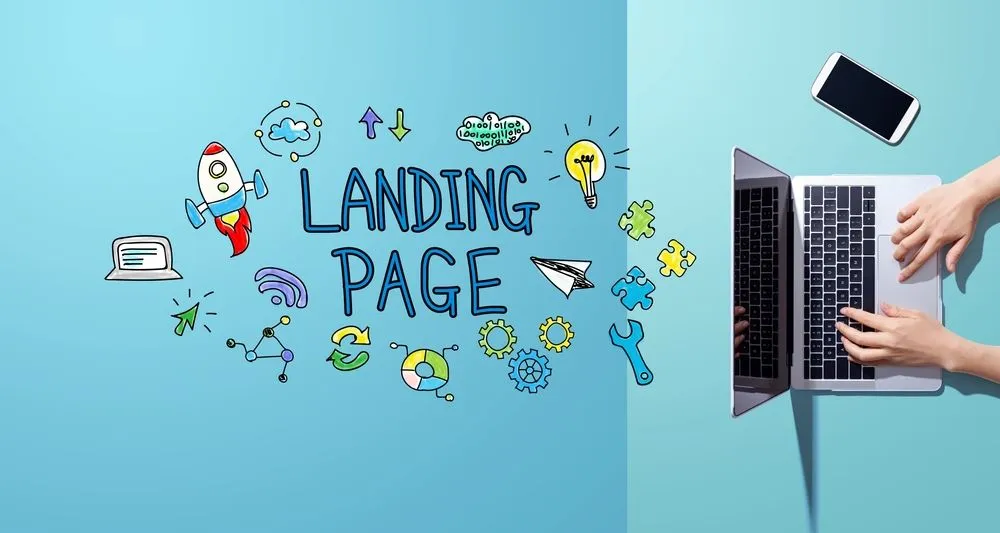Category: Digital Marketing
-

S1, E2: Shark Tank – Testing Services at a Conference
-

S1, E1: What’s the Deal With the March 2024 Google Search Update
-

You Have 10 Seconds—Thrill Me!
-

Why Landing Pages Can Make or Break LeadGen Marketing
-

Are Landing Pages the New Keywords?
-

How to Maximize Website Traffic with a Content Audit—and What to Do Next
-

Universal Analytics Data to be Removed in 2024, Should You Be Worried?
-

6 Tips for Confident Marketing Tracking
-

Maximize Your Enrollment Initiatives with Website Personalization Strategy








